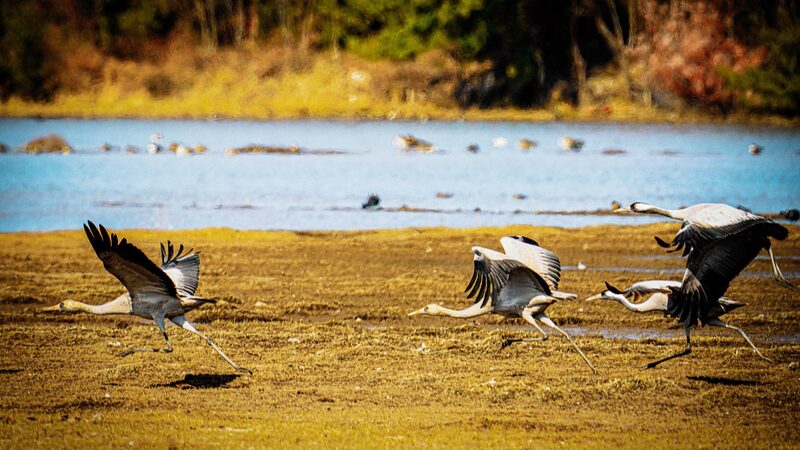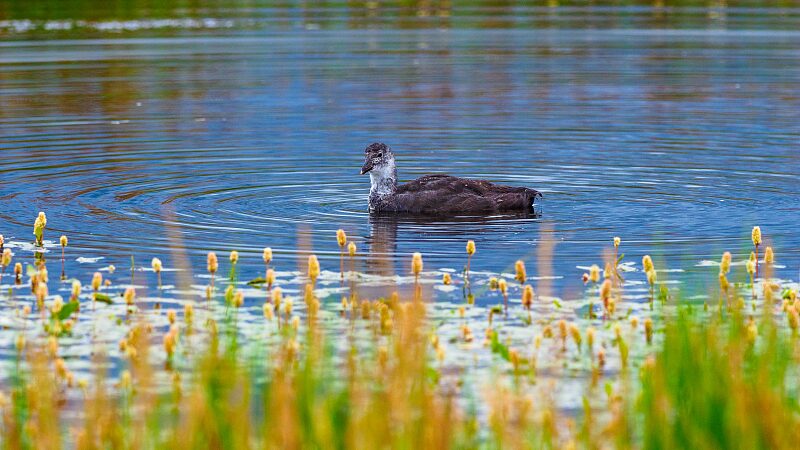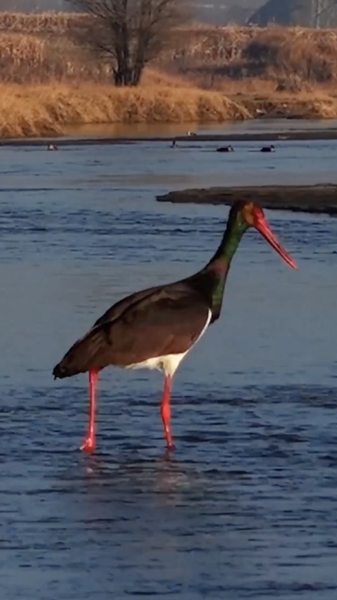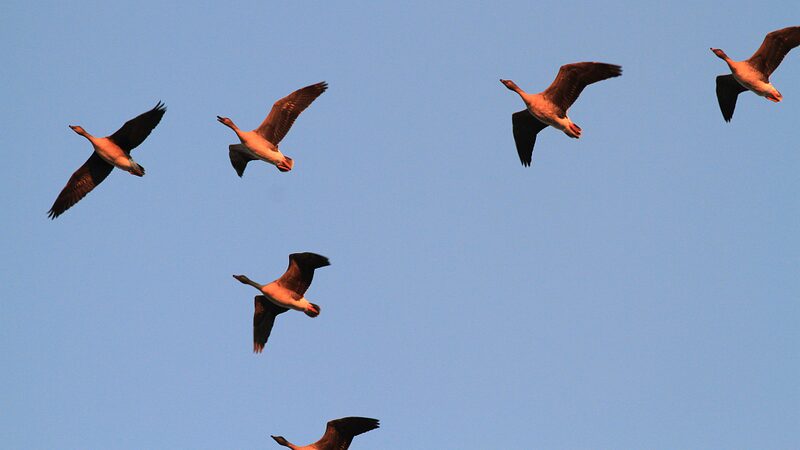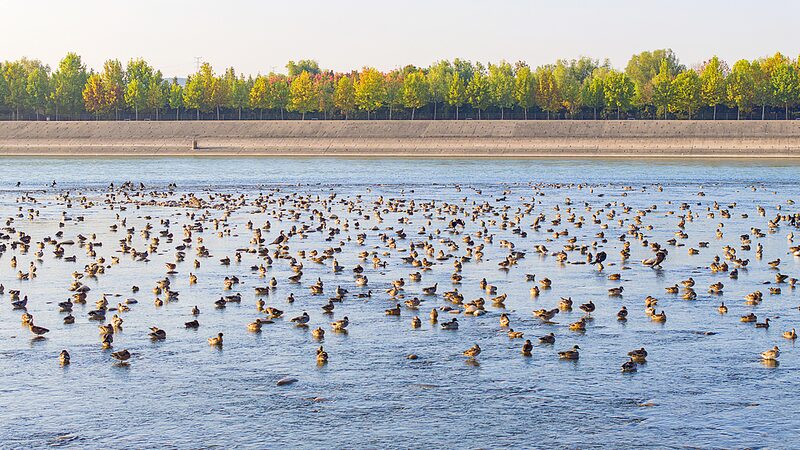As winter recedes, China's wetlands and rivers are awakening to one of nature's most captivating phenomena: the annual spring migration. Millions of migratory birds are returning to nesting grounds in Shanxi, Liaoning, and the Xinjiang Uygur Autonomous Region, transforming these ecosystems into dynamic theaters of life.
This seasonal spectacle holds significance beyond its visual grandeur. For researchers, it offers critical data on climate patterns and ecosystem health. Business professionals note growing opportunities in eco-tourism, with birdwatching tours gaining popularity among domestic and international travelers. Meanwhile, Asian diaspora communities find cultural connections through shared narratives of seasonal renewal.
In Liaoning's Liaohe River Delta, rare red-crowned cranes perform intricate mating dances, while Xinjiang's Bosten Lake welcomes flocks of whooper swans. Local authorities emphasize sustainable observation practices to protect these “winged ambassadors” of biodiversity. The migration coincides with traditional Lunar New Year celebrations, blending natural cycles with cultural heritage across regions.
Experts highlight China's intensified wetland conservation efforts as key to supporting migratory routes critical to global biodiversity. As temperatures rise, these temporary residents will continue northward, leaving behind vital clues about our planet's ecological balance.
Reference(s):
cgtn.com


